Be Careful! 8 Most Dangerous Plants Not Good for Home
We all like to grow beautiful flowers to decorate our rooms, but some flowers have hidden "toxins". Accidentally they will cause skin itching, redness and swelling, hair loss, insomnia... which are very harmful to our health. Now, let’s see eight kinds of poisonous plants not suitable to keep indoors. Move it out if you happen to have one of them!
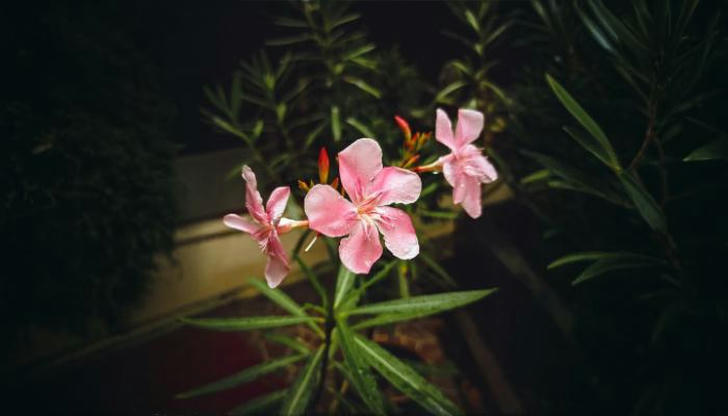
1.Oleander
Oleander is one of the most poisonous plants. The whole plant is poisonous and contains a variety of toxins. If you accidentally touch its juice or eat it by mistake, it can cause allergic reactions such as rash, paralysis, dizziness, and diarrhea, or even life-threatening. Moreover, smelling too much fragrance can not only cause slow reactions, drowsiness, chest tightness, and shortness of breath but also lead to mental decline. Therefore, do not keep oleander at home. Just admire it from a distance when you see it on the roadside. Do not pick flower branches with bare hands.
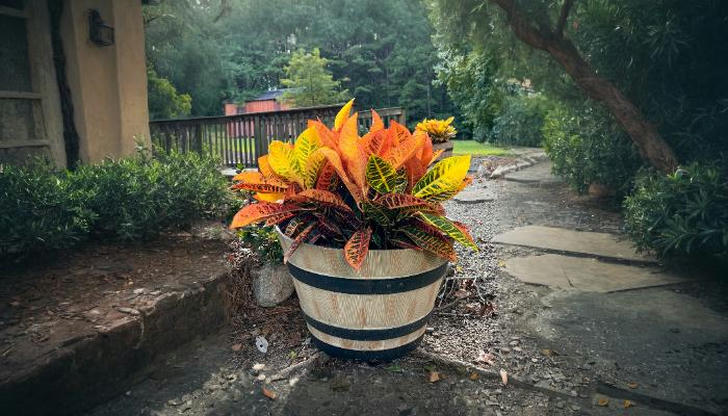
2.Garden Croton
The toxins of garden croton are mainly concentrated in the juice. If the skin is accidentally exposed to it, it will cause allergies such as itching, redness, and swelling. If leaves or juice are accidentally eaten, it will cause poisoning symptoms such as abdominal pain and diarrhea. Besides, its juice contains substances that activate the EB virus, so long-term exposure may induce nasopharyngeal cancer. Therefore, it is best not to grow garden croton in rooms with poor ventilation, let alone pick them with bare hands.
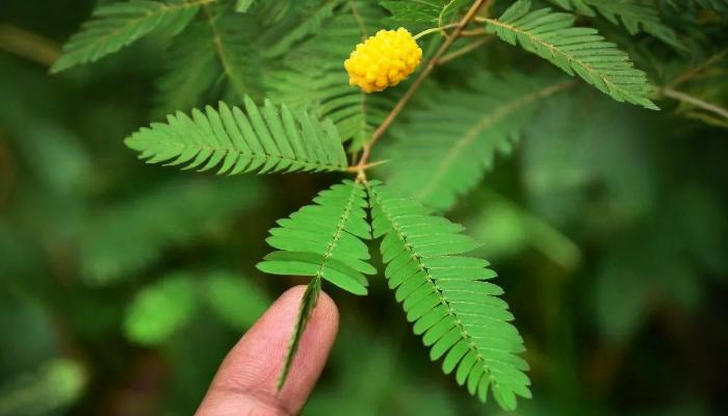
3.Mimosa
Many people regard mimosas as small green plants on the desktop for viewing. However, the entire mimosa plant is actually slightly toxic. It contains a substance called mimosine. Long-term exposure or consumption will cause the hair follicles in the skin cells to decay, causing eyebrows and hair to become yellow, sparse, and fall off. It can also cause Cataracts, and seriously affect human health, so it is best not to keep mimosa indoors. Even if you are curious to play with it, do not touch it directly.
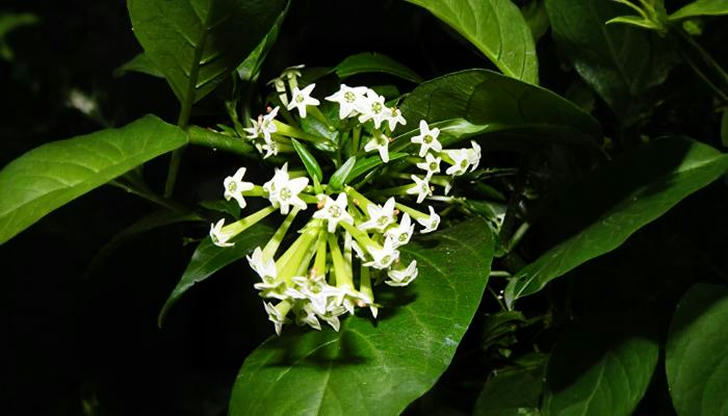
4.Night-blooming Jasmine
Night-blooming jasmine has always been popular among everyone for its beautiful flowers and fragrance which has a certain mosquito repellent effect. However, its strong fragrance can stimulate people's central nervous system, making it difficult to fall asleep. In addition, it also emits a large number of particles that strongly stimulate the sense of smell, causing discomfort to the human body. Frequently smelling the fragrance of it can cause symptoms such as chest tightness, dizziness, difficulty breathing, wheezing, and coughing, especially for patients with heart disease and high blood pressure. It is best not to keep night-blooming jasmine at home, especially in closed bedrooms.
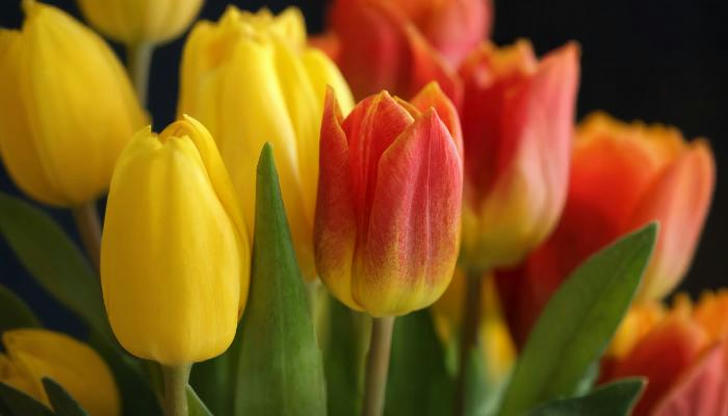
5.Tulips
Tulips are known as the "Queen of Flowers in the World" and have always been loved by people around the world. However, the flowers and leaves of tulips contain a toxic alkaloid. If people or animals stay among them for 2 to 3 hours, they will suffer from poisoning symptoms such as dizziness. In severe cases, a large amount of hair will fall off, so just watch tulips outside, and try to avoid close contact with them.
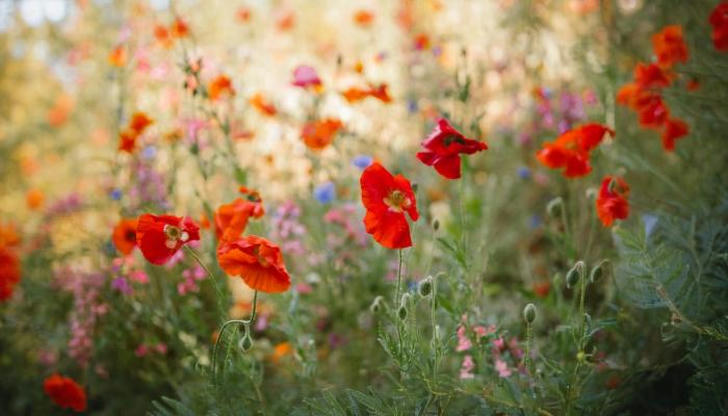
6.Corn Poppy
With beautiful flowers and gorgeous colors, corn poppies have become one of the most popular flowers in recent years with extremely high ornamental value. However, it is also known for its toxin. The whole poppy plant is poisonous, especially its seeds. If accidentally eaten, it can cause central nervous system poisoning. In severe cases, it can be life-threatening. Therefore, if there are children or pets at home, do not raise them to avoid poisoning if eaten accidentally.
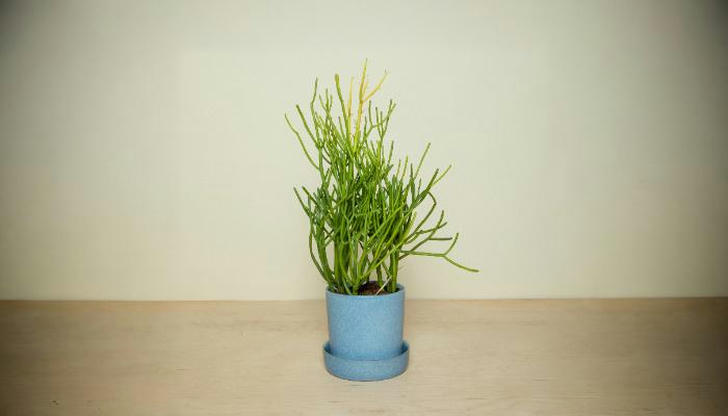
7.Pencil Cactus
Pencil cactus has a unique plant shape, the entire plant is bare and has extremely small leaves. It is a small potted foliage plant that is loved by flower lovers. However, the pencil cactus is also poisonous. If you accidentally come into contact with its sap, it will cause symptoms such as skin inflammation, redness, swelling, itching, and pustules. If you accidentally eat it, it may cause poisoning symptoms such as nausea, vomiting, abdominal pain, and diarrhea. If you keep a pencil cactus at home, you must take good care of it during daily maintenance and try to avoid touching it with bare hands.
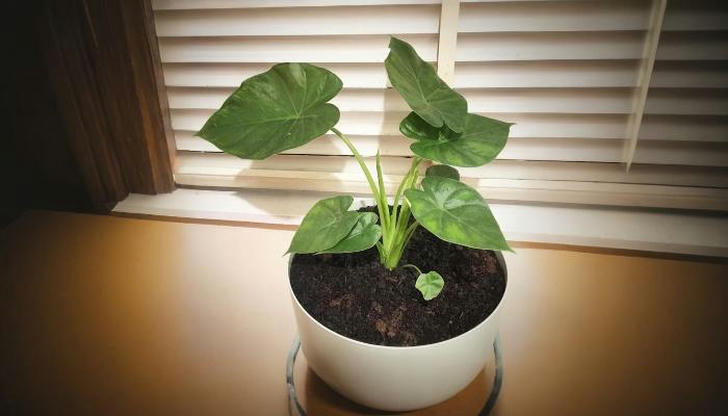
8.Alocasia Macrorrhizos
Alocasia macrorrhizos is also a famous poisonous flower. The sap contains a large amount of calcium oxalate, alkaloids, and other substances. If accidentally eaten, it will cause tongue paralysis, throat discomfort, and in severe cases, heart disease, paralysis, nervous system poisoning, etc. If the sap comes into contact with the skin, it can cause itching, rash, and other symptoms. If it accidentally enters the eyes, it may cause conjunctivitis or even blindness. And if the leaves of Alocasia macrorrhizos absorb too much carbon dioxide, then the water dripping from its flowers and leaves is poisonous, so it is best not to keep it at home, especially if there are elderly people, children, and pregnant women at home.
In addition to these eight species, in fact, some other plants are also poisonous. We must take precautions during the maintenance process. Try to avoid direct contact with your bare hands. If there are elderly people, children, pregnant women, or pets at home, don’t keep them. They should be placed in a safer location even if you do!
